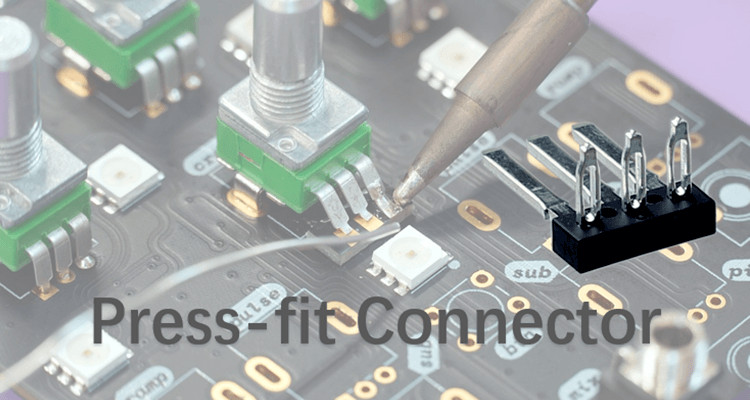How to Choose the Right Press-fit Connector
When selecting a press-fit connector, it's essential to carefully evaluate its compatibility with the specific application. Below are the key technical parameters to consider.

Wire Specifications
- Wire Diameter: Match the connector size to the wire diameter for optimal fit and electrical contact.
- Wire Type: Choose based on wire type (solid, stranded, shielded) for compatibility.
Electrical Performance
- Rated Current: Ensure the connector supports the required current to prevent overheating.
- Contact Resistance: Low resistance minimizes energy loss and heat.
Mechanical Performance
- Connection Strength: Must withstand mechanical stress like tension and vibration.
- Durability: Select for long-term use and frequent connection cycles.
Environmental Factors
- Temperature Range: Choose one that operates reliably within expected temperatures.
- Protection Rating: Ensure adequate protection for exposure to dust, moisture, or chemicals.
Safety and Compliance
- Safety Certifications: Confirm certifications like UL or CE.
- Standard Compliance: Adhere to industry standards (ISO, IEC).
Application Considerations
- Installation Space: Fit the connector to space constraints.
- Ease of Use: Opt for easy installation and maintenance.
Cost-Effectiveness
- Cost-Benefit Analysis: Balance initial cost, lifespan, and maintenance for value.
When deciding on a press-fit connector, it is essential to conduct a comprehensive assessment of its technical specifications and its suitability for the specific application. Additionally, it is also important to take into account possible future advancements in technology to ensure that the chosen terminal offers the necessary flexibility and potential for upgrades.



